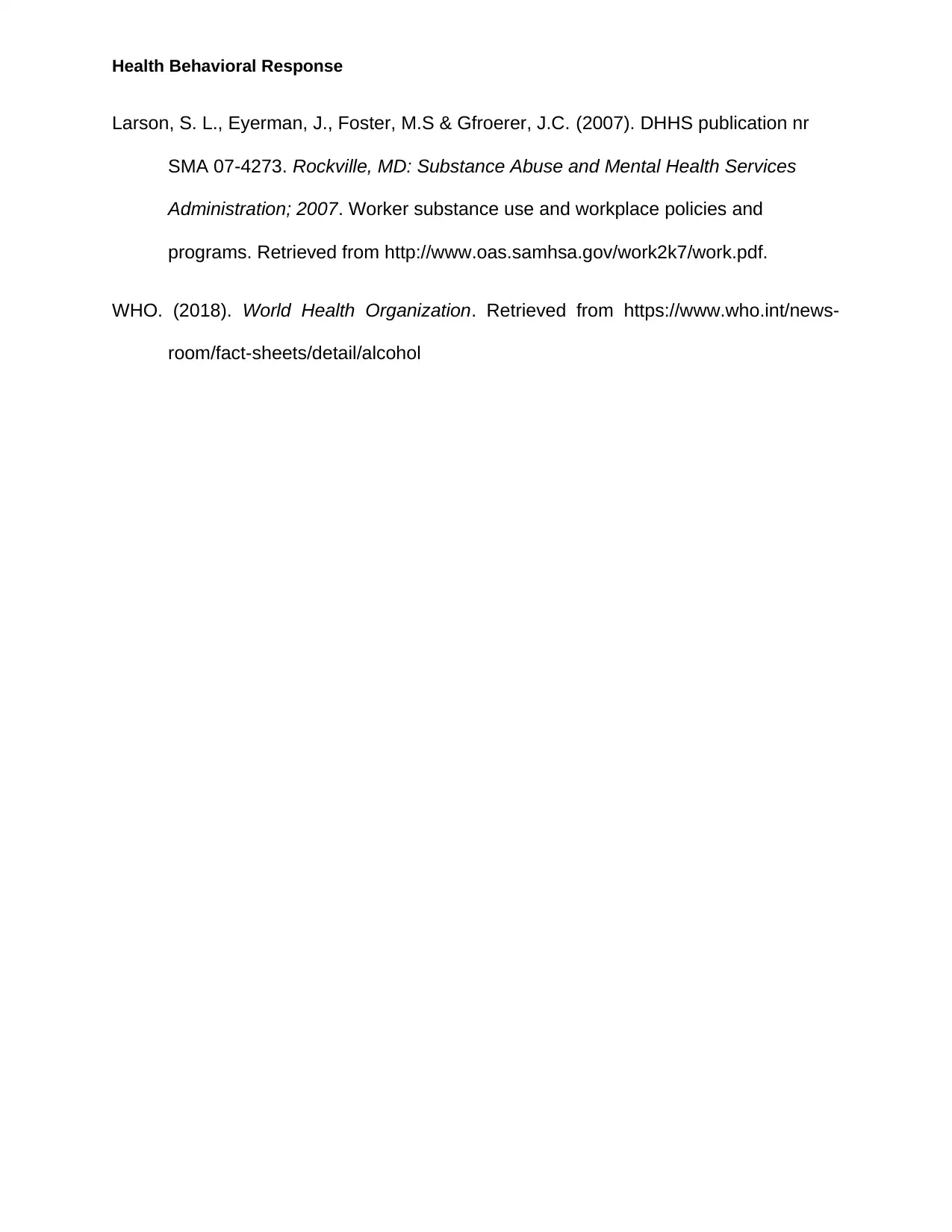Analysis of Effective Strategies for Alcohol Misuse Prevention: Report
VerifiedAdded on 2023/04/21
|3
|583
|172
Report
AI Summary
This report analyzes strategies for preventing alcohol misuse, a significant public health issue. It proposes a 3-pronged approach focusing on the agent (alcohol), the individual, and the environment. The report examines universal and selective prevention programs, including school-based and college-based interventions, as well as individual interventions like brief motivational techniques. Family-based and workplace-based programs are also highlighted. Societal interventions, such as regulating alcohol marketing and enhancing care for alcohol-use disorder, are discussed. The report references studies by Caria (2011), Hingson (2010), Kelly-Weeder (2011), Larson (2007), and WHO (2018) to support the effectiveness of these strategies.
1 out of 3







![[object Object]](/_next/static/media/star-bottom.7253800d.svg)